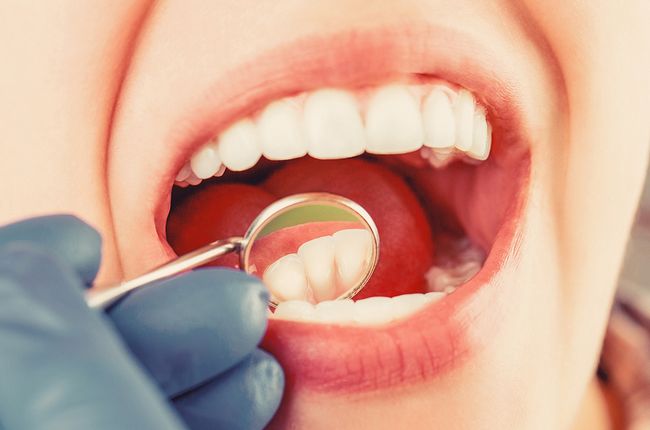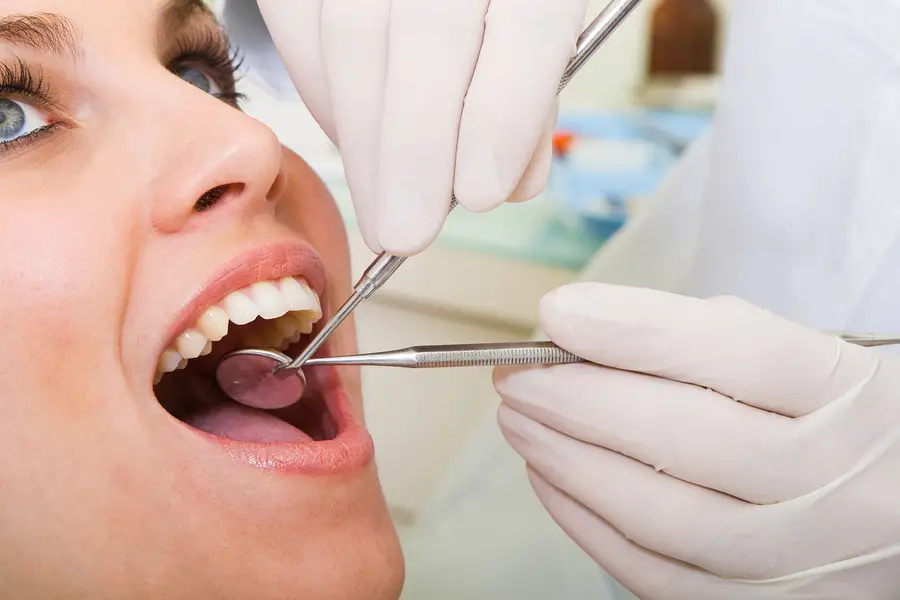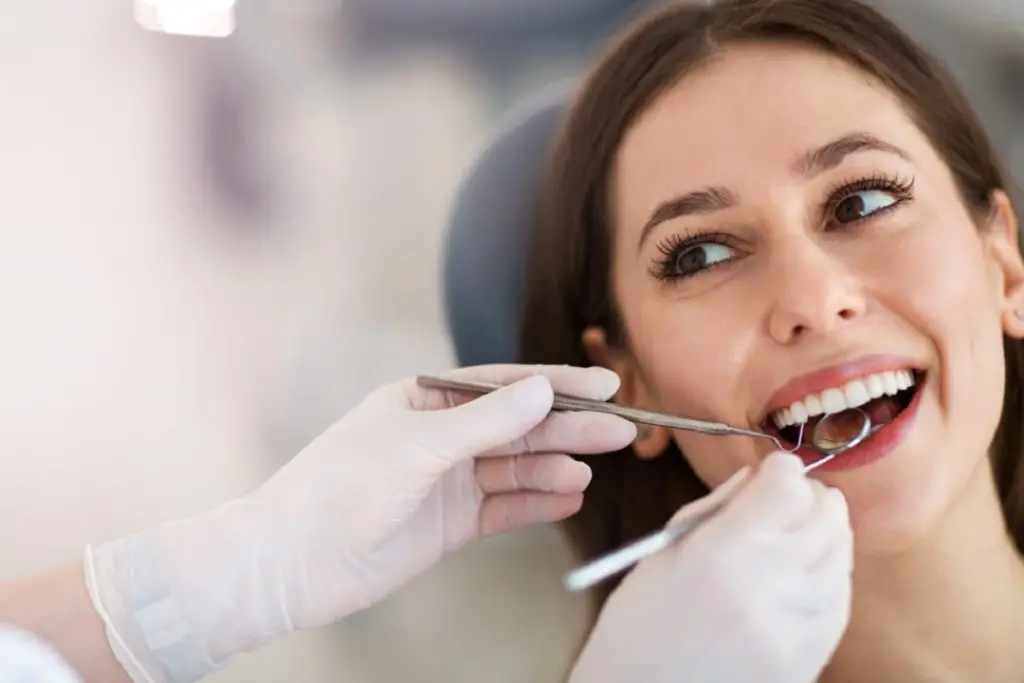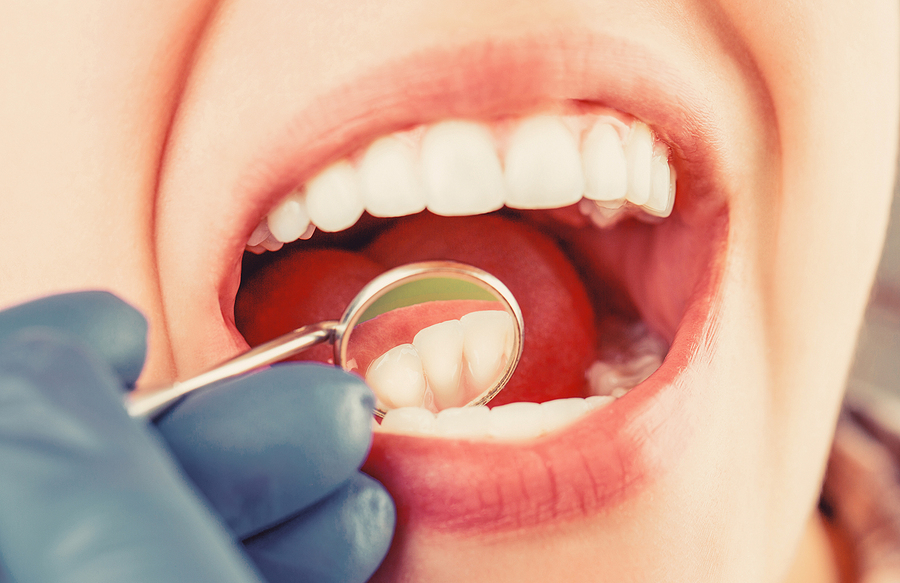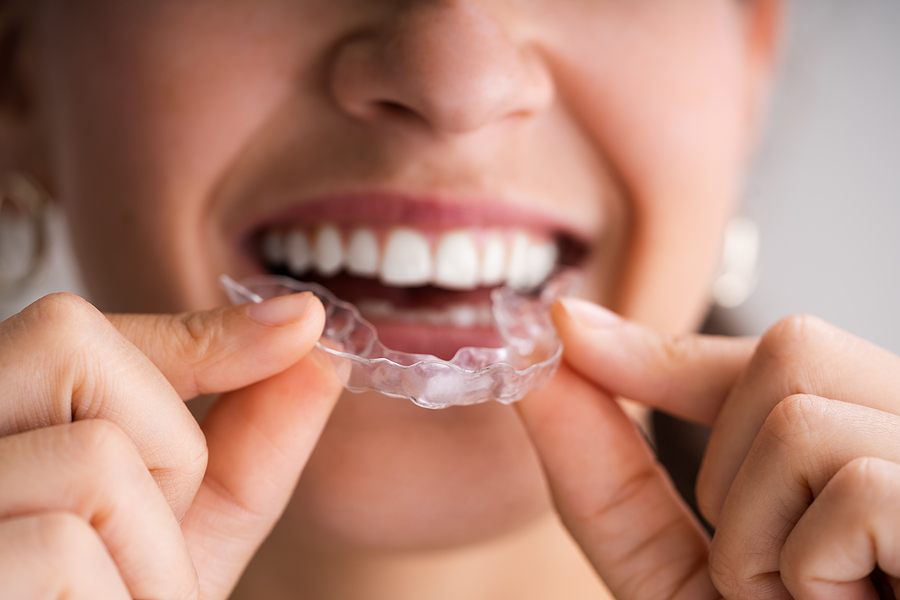Crowns and Bridges

Dental Crowns
Dental crowns are highly versatile restorations usually made from dental-grade ceramic. They are cap-like structures that are placed on the teeth to cover them entirely, thereby treating them for damage or other aesthetic concerns.
What are the advantages of dental crowns?
- Since crowns are made from dental-grade material, they offer excellent durability and strength. This keeps them functioning and looking as good as new for many years without any hassle.
- Dental-grade ceramic is a tooth-colored material that is highly customizable. It can be personalized as required to match the color, texture, contour, and other aesthetics aspects of the teeth to keep them as indistinguishable as possible.
- Crowns can be used for both restorative and cosmetic purposes. Their simple nature makes the treatment procedure straightforward and quick.
- They hold the teeth intact by protecting them from all sides, thereby keeping them from undergoing damage.
- They are functionally excellent. Individuals who get a crown placed can continue to eat food as they usually do without worrying about the restoration sustaining damage.
- They are long-lasting and resistant to staining, allowing them to remain as good as new for many years together.
- They can be used to treat multiple oral concerns, such as chipped or naturally misshapen teeth, worn out or extremely weak teeth, teeth that have undergone root canal therapy, etc.
What is the procedure involved?
The screening procedure used to determine your candidacy for crowns would involve taking x-rays, scans, creating a digital impression of the teeth, etc. Also, we will check for existing restorations on the teeth and the presence of oral conditions that could affect them. The dentist would remove a thin layer of enamel from the tooth to make space for the crown. The data from the scans and x-rays will be used as a reference for making the crown in a dental laboratory. While the crown is being fabricated, which could take up to a week, the dentist would place a temporary crown on the tooth to protect its prepared surface.

During the next appointment, the temporary crown would be removed, and the tooth surface will be cleaned. Next, the surface will be etched using a suitable etching solution to provide the necessary grip to the restoration. We use photosensitive dental adhesives to bond the crown to the tooth, which will then be hardened using a suitable curing light. After a bite test, we will polish the crown to make it as aesthetically pleasing and indistinguishable as possible.

Bridges
Dental bridges are one of the simplest means to replace an extracted tooth and require no more than two visits to the dentist’s office.
What is a dental bridge?
A bridge is a ceramic prosthetic tooth that is made from dental-grade material. It consists of a tooth-like structure that is supported on either side by a ceramic crown. The prosthetic tooth goes in place of the missing tooth, and the crowns on either side are bonded to the adjoining teeth. This allows the bridge to stay stable without slipping off its position when you bite or chew food.
What are the advantages of dental bridges?
- A bridge is made from dental-grade ceramic material. Hence, it offers excellent durability.
- Bridges are long-lasting. With proper care, they often last for several years together.
- The dental-grade material used can be customized to mimic the exact appearance of the adjoining teeth. Its color, texture, contour, translucency, etc., can be customized as required.
- Getting a dental bridge will not require surgery. The process is a simple one in comparison to getting dental implants.
- With a bridge in place, you will be able to bite and chew food like you always did. Also, your phonetics will be restored to normal.
What is the procedure for getting a bridge?
Patients who wish to get a dental bridge should satisfy a few physical conditions to be qualified as candidates for bridges. Some of them are optimum oral health, healthy and strong adjoining teeth, adequate spacing available for the placement of the prosthetic tooth, etc. Based on these factors, the dentist draws out the treatment plan.
During the initial consultation, the dentist cleans the teeth thoroughly. The teeth adjoining the missing tooth will have to be prepared for the crowns. A thin layer of enamel will be removed by buffing or gently grinding it. A highly accurate digital mold of the teeth will be taken and shared with the dental laboratory for fabricating the bridge. It may take a week for the bridge to be ready.

During the next visit, the dentist places the bridge on the tooth and checks for fit. Any changes, if required, will be made before permanently bonding it in place. An etching solution will be applied to the teeth to roughen them. Dental adhesives will be applied on the teeth, and the bridge will be placed in position. A curing light would be used to harden the adhesive, after which the dentist conducts a bite test. If any changes have to be made, or if you feel any discomfort, the dentist handles them to make sure you have the perfect bite.
Please reach out to us to schedule a consultation with our Dentist in Reston VA, and we’ll guide you further. Please call us at (703) 595-4405 or reach us through online consultation.
Office Hours
MON - TUE 9:00 am - 5:00 pm
WED 9:00 am - 7:00 pm
THU - FRI 9:00 am - 5:00 pm
SAT - SUN Closed
